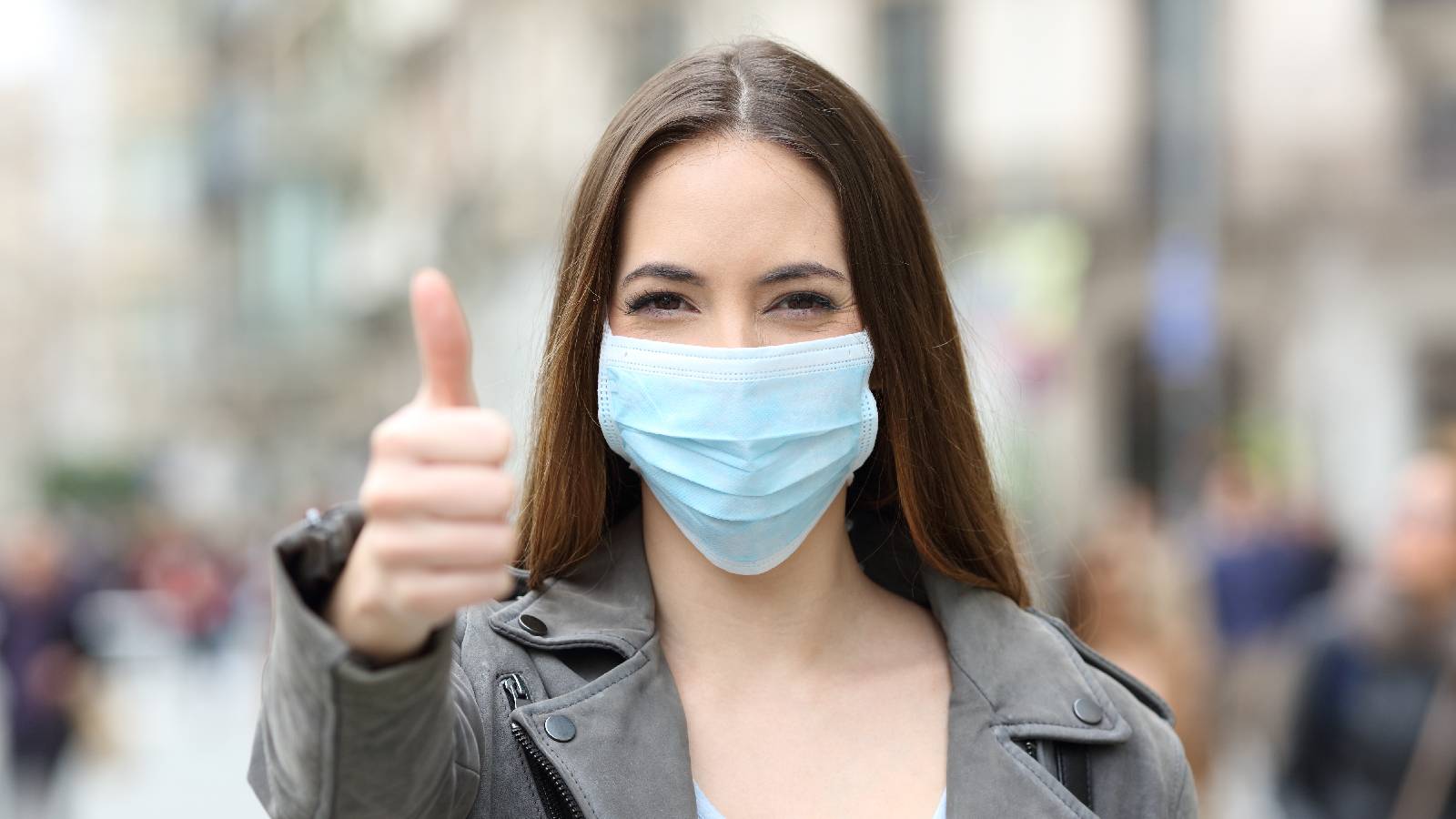JN.1 Covid-19 variant in Kerala: Is it a threat to India?

- 195
Covid-19 threat may have reduced, but the cases of new coronavirus strains continue to make headlines in the country. The continuous emergence of new Covid-19 variants remains a crucial concern. The latest to battle a new Covid-19 variant is Kerala, where reports of a new sub-variant named JN.1 have been registered. The new coronavirus variant has sparked concerns among health authorities and the general public. With the increasing number of cases in Kerala, people need to be more vigilant and practice caution to avoid getting infected. Here’s everything you need to know about the new JN.1 Covid-19 variant.
Where has JN.1 Covid-19 variant been reported?
A new case of the JN.1 subvariant of COVID-19 was discovered in Kerala, according to the report by INSACOG’s ongoing routine surveillance. The case was detected in an RT-PCR positive sample from Karakulam, Thiruvananthapuram, Kerala on 8 December 2023. The patient had mild symptoms of influenza-like illness. Further, there has been an increasing trend of COVID-19 cases in Kerala in the last few weeks. Most of these cases are clinically mild and recovering independently at their homes without any treatment.

As there are so many different theories concerning whether or not it is hazardous, Health Shots asked Dr Ravi Shankerji Kesari, General Physician to shed some light on the JN.1 Covid-19 variant.
What is JN.1: New COVID-19 variant in Kerala?
JN.1 is a sub-variant of the COVID-19 virus, identified through genomic sequencing in Kerala. This sub-variant is descended from the BA.2.86 variant. JN.1 Covid-19 variant carries specific mutations in its genetic structure, differentiating it from the original strain and other known variants. It has undergone mutations in its spike protein, potentially altering its transmissibility and interaction with the human immune system. The variant classification follows the nomenclature set by global health authorities to monitor and study the virus’s evolving nature, explains Dr Kesari.
Further, as per the WHO report, BA.2.86 has been reported in multiple countries, and the prevalence has been slowly increasing globally. Current population immunity globally remains highly cross-reactive to this variant, especially against severe disease but also against symptomatic disease, and therefore the emergence of this variant will unlikely add increased burden to national public health systems. JN.1, as a part of BA.2.86, has been classified as a variant of interest (VOI) by the global health authority.
What are the symptoms of the JN.1 Covid-19 variant in Kerala?
The symptoms associated with JN.1 largely mirror those of the original COVID-19, including:
- Fever
- Cough
- Shortness of breath
- Fatigue
- Body aches
- Loss of taste or smell
- Sore throat
- Congestion
- Gastrointestinal issues.
However, monitoring for any unique or severe symptoms related to this variant is crucial as new information becomes available.

Is it a threat to India?
While the emergence of the JN.1 variant has raised concerns, Dr Kesari says that the level of threat posed by this variant is yet to be precisely determined. “Initial assessments suggest that while it might carry alterations impacting transmissibility or immune response, the severity of illness and vaccine effectiveness against this variant require further investigation.
This is not the first time cases of a new Covid-19 variant has been reported in India, and so far the country has fought with it bravely and effectively. “Given India’s prior experiences with COVID-19 waves and its robust surveillance and healthcare systems, authorities are actively monitoring JN.1 to contain its spread and assess its potential impact on public health,” adds the expert.
What preventive measures should one follow?
Following preventive measures remains pivotal in minimising transmission risks. Vigilance and adherence to guidelines can help curb the spread of JN.1 and other Covid-19 variants:
1. Get vaccinated
Encouraging timely vaccination and following guidelines issued by the health authorities regarding booster shots should be followed. It is to ensure broader coverage among eligible populations to reduce the severity of illness and limit transmission.
2. Use masks and practise proper hygiene
Wearing masks consistently in crowded or enclosed spaces, practising frequent hand hygiene and practising social distancing continue are effective measures against virus transmission.

3. Avoid crowded areas
Minimise exposure to large gatherings and poorly ventilated areas to reduce the risk of transmission.
4. Testing and early isolation
Immediate testing upon experiencing symptoms or exposure followed by isolation if reports come positive to prevent further spread within communities.
5. Protect elderly and children
Elderly and children should stay inside or practise proper Covid-19 appropriate precautions as they are the most vulnerable groups.
6. Follow health guidelines
Staying updated with local health advisories and complying with regulations to curb transmission, especially in high-risk areas or during outbreaks, is crucial.
Get latest updates on health and wellness along with Health News








